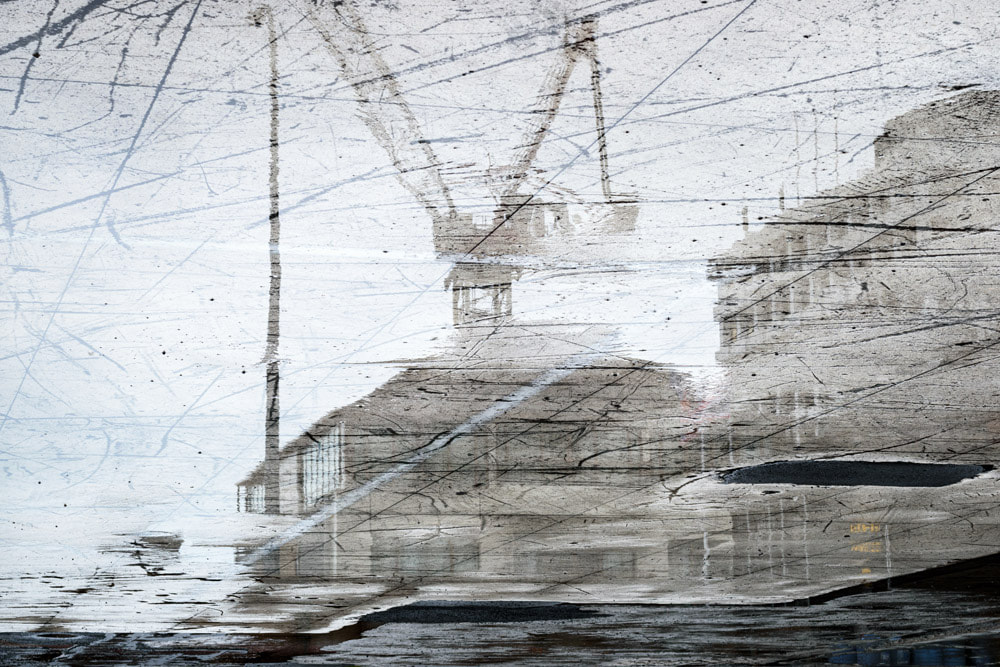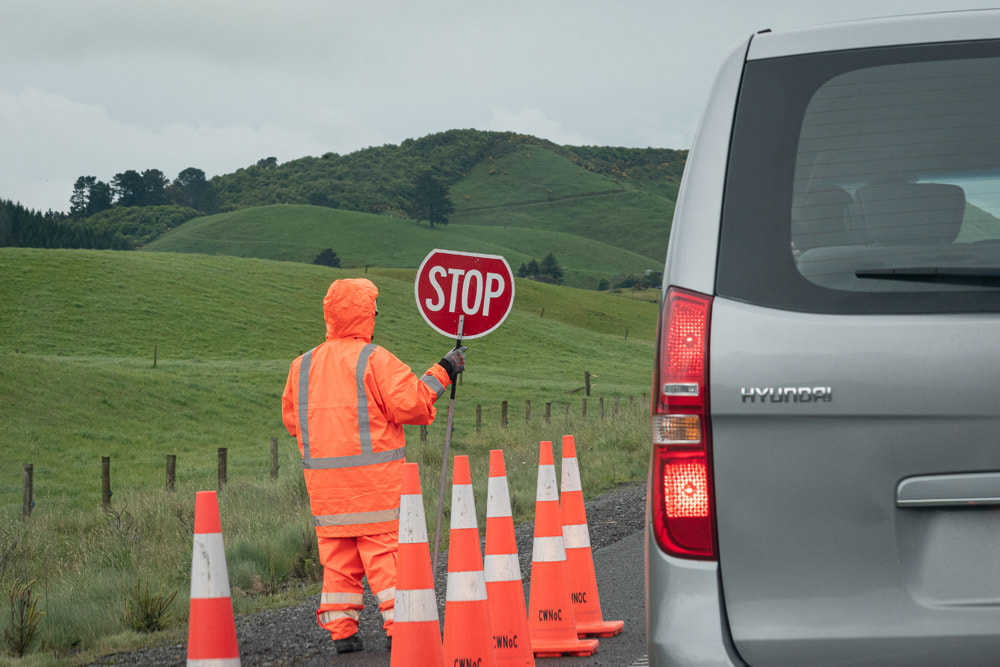|
Impact Wellington What became known as the Kaikoura earthquake struck at 2 minutes after midnight on 14 November 2016. I was leaving a plane in Canberra as the earthquake struck and my husband had just landed in Wellington, my son was home alone. I realised the impact as residents lit up Facebook, marking themselves safe, all around New Zealand, it was a big one. When I returned home to Wellington, and to work in Thorndon a couple of weeks later, the area was like a war zone. There were buildings wrapped up for refurbishment, new builds in progress and a number of buildings cordoned off due to actual or potential earthquake damage. The nine-storey building at 61 Molesworth Street suffered significant damage and was in the process of demolition. Across the road, our building was closed due to the proximity of the demolition of 61 Molesworth Street. We did not return to our office for about a month. It became apparent that the Kaikoura earthquake impacted many sites near Thorndon; some harbour front buildings, NZDF Headquarters, the BNZ building, Statistics House and Revera House. More recently, Wellington people were advised that St Paul’s Church is damaged and the City Library is now closed due to potential failure in an Earthquake. I wonder why there is no obvious “relief package” or other high level acknowledgement of the impact of the Kaikoura earthquake upon Wellington infrastructure and its people. Many buildings across Wellington, and the Hutt City, were damaged, many people were displaced from their offices and homes. Many are less comfortable working in the high rise buildings in the CBD. There was story to tell as the buildings in Thorndon, and across Wellington, came down. I began to photograph them, and the people working on the demolitions, as I travelled to and from work. The photographs in this series show a number of the Wellington buildings impacted by the Kaikoura earthquake. Thanks to James Gilberd, John Williams and Gil Eva Craig for the guidance and support along the way. Hi Viz people Hi Viz people are everywhere across New Zealand, on our state highways, country roads and in suburban streets. They include the “Stop Go” men and women of New Zealand. Powerful people in charge of streams of travellers from one end of the country to the other. They work in all kinds of weather in conditions less luxurious than other workers enjoy in the towns and city streets of New Zealand. In Wellington, others are in their bright gear putting up scaffolds and demolishing the buildings damaged by the Kaikoura earthquake. What do we know about these people who tell us when we must slow, stop and go? Men, women, different ethnicities, engineers, labourers, young and old. Some smile and wave as travellers go by, despite the heat, dust, rain or cold. I wonder what their stories are? The Hi Viz people are gone from view once the job is done, their impact and contribution invisible to all. These photographs were taken as we passed by some of our Hi Viz people working throughout New Zealand. They are drive by photos which seek to acknowledge the Hi Viz people, their contribution and impact. Ann Kilpatrick
Ann has recently stopped working in the public sector and now has more time to pursue her interests beyond the discipline of 9 – 5 full time employment. She has been developing her interest in photography and learning from established photographers in Wellington. She is interested in all types of photography with a leaning towards, documentary, street and landscape photography. This is Ann’s first exhibition. It runs in conjunction with an exhibition by Gil Eva Craig from 4th to 19th October, 2019, at Photospace Gallery, 1st floor, 37 Courtenay Place, Wellington NZ.
0 Comments
Your comment will be posted after it is approved.
Leave a Reply. |
AuthorPhotography Matters II Categories |





 RSS Feed
RSS Feed
